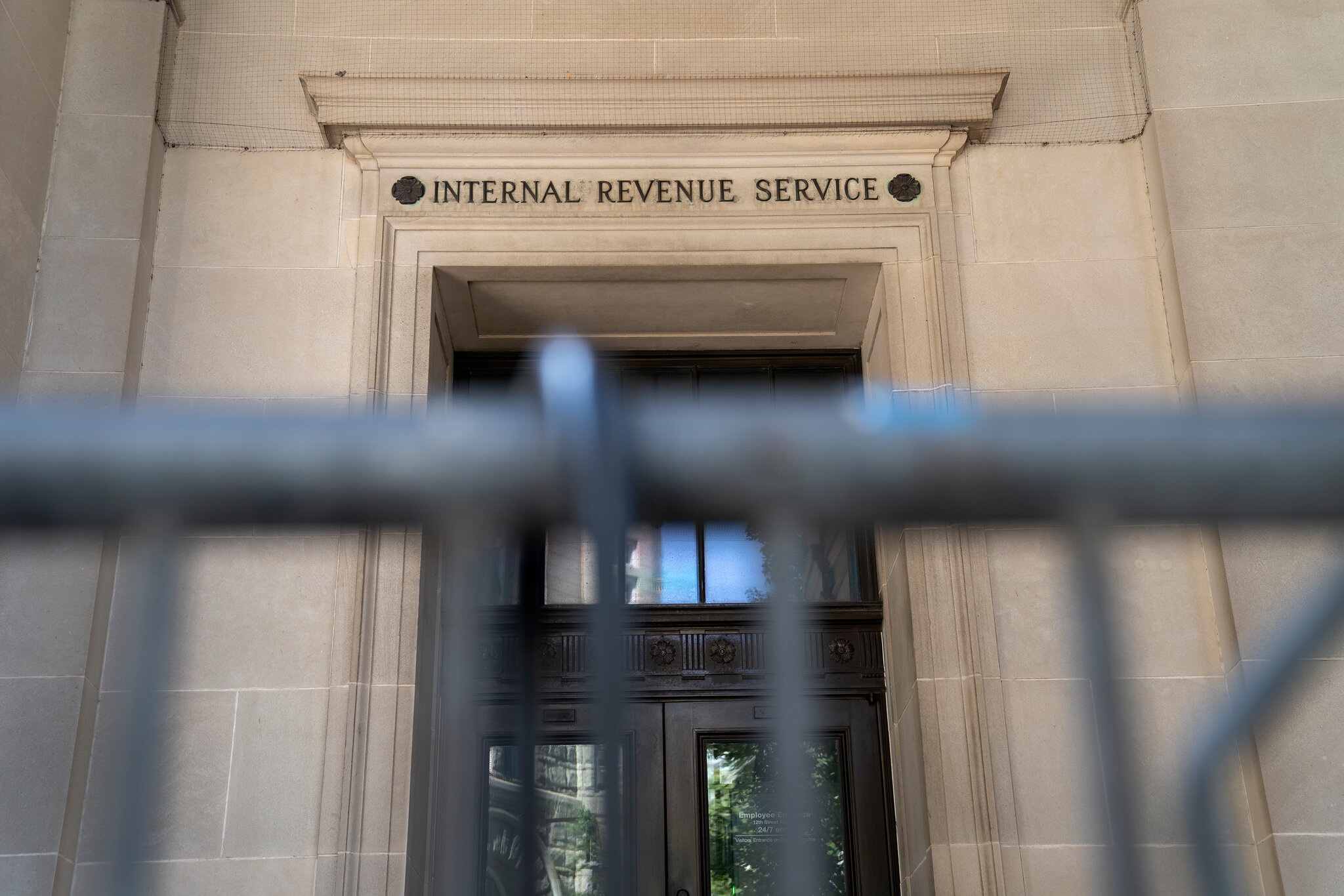Differences Between Digital Assets, Tokens and Coins
Cryptocurrencies are becoming more and more mainstream, and people are just starting to comprehend the possibilities that this new technology has to offer. However, deciding to learn about the subject is not always easy because the concepts behind the underlying technology can get very technical and are often related to programming languages.
World Crypto Index is designed to help you understand everything about the world of cryptocurrency, and on this page, we will clarify some of the most fundamental concepts that are used in the crypto space; Assets, Tokens and Coins.
What is an Asset?
Of these three, assets are the only concept with such a broad definition. The term “asset” is not only used when talking about digital currencies, but in the financial and banking sectors as well. That’s because an asset normally refers to a physical resource with economic or financial value which is expected to provide benefits to the owner(s) in the future. Assets can be either owned or controlled to produce value and can be either tangible or intangible.
Traditional examples of assets used to include things like cash, real estate and gold. Recently, however, digital currencies such as Bitcoin have been classified as assets as well.
What is a Coin?
A coin is the official digital currency used by a cryptocurrency platform. For example the designated coin of the Ethereum platform is Ether (ETH) and for the Ripple infrastructure it is XRP. Every single coin is built on an entirely independent blockchain.
These digital coins are encrypted using cryptography and are decentralized. They work without a regulatory entity or intermediary because every transaction is verified by a network of nodes (computers operated by miners) that are recorded in a public distributed ledger (blockchain). A coin can be used as a medium of exchange, a store of value and potentially, as a unit of account.
What is a Token?
A token is a scarce digital asset that exists on top of an existing coin or blockchain. At the moment, most tokens exist on the Ethereum network. To understand tokens we must realize that Ethereum is not just a currency, but is instead a network formed by many nodes that are connected to one another. Most notably, the Ethereum network can be used to create smart contracts.
Smart contracts are basically a set of instructions that follow a very simple procedure called IFTTT (IF THIS, THEN THAT). When certain requirements are fulfilled, another instruction gets executed, and this is how complex programs such as DAPPS (Distributive APPS) are created with Ethereum. This is also how tokens are created; they are essentially much simpler and specific smart contracts that represent something in exchange for ETH. Because they are smart contracts they can be tracked on the Ethereum blockchain.
Tokens have become very useful within the cryptocurrency market because you don’t need to modify an existing protocol or create a new blockchain for them.
Types of Tokens
Security tokens: These can take the form of any physical trade-able asset, but right now Digix is probably the most interesting DAPP that offers this type of tokens. Every DGX token represents a unique bullion bar sitting in designated custodial vaults, each DGX token represents 1 gram of gold.
Currency Tokens: We could probably call them “app coins”, since they can be used to purchase services or products inside of a DAPP. Because the total amount of tokens is fixed, as time goes on and if demand for the products or services offered by that DAPP grows, then the value of the tokens also increases.
Golem is a perfect example of this. What Golem offers is a decentralized sharing economy of computing power, where anyone can make money ‘renting’ out their computing power or developing & selling software. Basically if you don’t use all the computer power your machine can produce, you can supply that excess computer power to the network and receive Golem tokens in exchange. Golem tokens can either be sold or used to buy computing power but unlike equity tokens.
Equity Tokens: Possibly the most promising use of Ethereum smart contracts, Equity Tokens allow new start-ups to finance themselves. A new DAPP can start an Initial Coin Offering (ICO), this way they have the ability to offer their own tokens that can be purchased by anyone during ICO. The tokens purchased imply ownership and control of the DAPP, which makes you a shareholder. Just like in conventional companies that operate in the stock market, you have a say in the course the DAPP takes – token holders can vote through the blockchain which makes it transparent and secure.
Tokens are therefore a new exciting digital asset with tons of potential, however, you must be very careful when investing in DAPPS. ICOs are an amazing way to crowd-fund projects and get value and decision power inside an app, but sometimes the fact that tokens are limited and look exclusive make them look like they have an intrinsic value.
Don’t Get Caught up in ICO Hype
Don’t get caught up in the hype of a limited ICO and let FOMO control you. Before investing you must examine very carefully the market model the DAPP proposes and read with detail the Whitepaper to make sure it offers and new and solid idea that can be executed in a more efficient way than in traditional markets. If you follow World Crypto Index we will review promising ICOs to make sure you get the most out of your investments.






